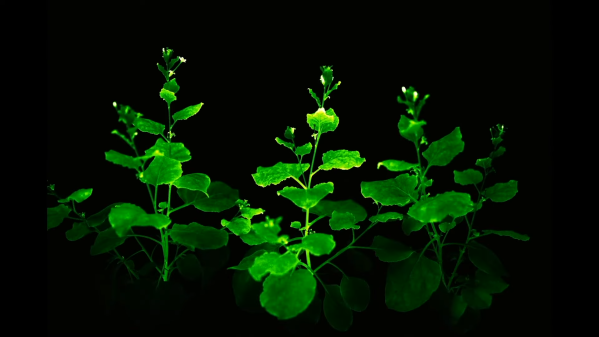Outside of the depths of the ocean, or cartoons, we’re not typically accustomed to plant life glowing or otherwise generating its own light. However, science is helping to change all that. Now, you can order some bioluminescent plants of your very own from Light Bio.
Light Bio is a startup company working in the synthetic biology space. It’s not content to simply pursue research behind closed doors, and is now sharing its work with the public. It has announced it plans to start selling petunias to U.S. customers which literally glow with the magic of bioluminescence.
Petunias don’t normally glow, but with some modifications, it turns out they can be convinced to. It took a large team of 26 scientists to figure out how to boost bioluminescence in plants, by isolating and optimizing genes sourced from various glowing mushroom species.
The plants will be available from April, with Light Bio planning to sell them as “Firefly Petunias.” It might sound like scary sci-fi tech, but the USDA has apparently already signed off on Light Bio selling these to the public.
Something’s been bothering me, though. It’s at the edge of my memory… I think my old housemate played bass for Glowing Petunias back in 2015. Something like that, anyway… video after the break.
Continue reading “Bioluminescent Glowing Petunias Are Now A Thing”















